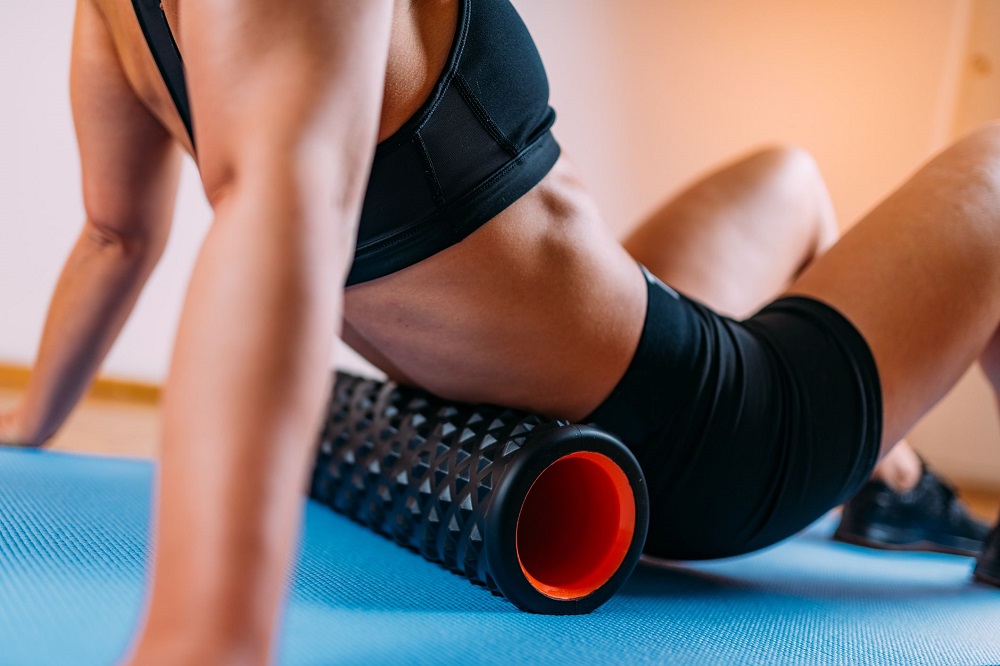
Foam rolling has become increasingly popular in recent years as a way to improve flexibility, alleviate muscle pain, and improve overall athletic performance. While foam rolling can be a valuable technique, it’s important to do it safely and effectively. In this article, we will cover the dos and don’ts of foam rolling to help you get the most out of this valuable technique.
The Dos of Foam Rolling
Do start slowly: If you are new to foam rolling, start slowly and gradually increase the intensity. Don’t start with the most intense foam roller and apply all your body weight to it right away. Instead, start with a softer foam roller and gradually work your way up to a more intense one.
Do focus on your breathing: Focus on your breath while foam rolling to help you relax and release tension. Take deep, slow breaths and focus on exhaling as you roll over tight or tender spots.
Do target specific areas: Foam rolling is most effective when you target specific areas of tension or soreness. Focus on areas that feel tight or sore, or areas that you know are prone to injury.
Do use proper form: When foam rolling, use proper form to avoid injury. Keep your core engaged and your body in a straight line. Don’t arch or twist your back, and avoid using momentum to roll over tight spots.
Do keep hydrated: Foam rolling can be dehydrating, so be sure to drink plenty of water before and after your foam rolling sessions.
Do incorporate foam rolling into your fitness routine: Foam rolling can be done at any time, but it is particularly beneficial before and after a workout. Before a workout, foam rolling can help to warm up your muscles and improve your range of motion. After a workout, foam rolling can help to reduce muscle soreness and promote recovery.
The Don’ts of Foam Rolling
Don’t roll directly on your joints: Avoid rolling directly on your joints, as this can cause injury. Instead, focus on the surrounding muscles and tissue.
Don’t overdo it: Foam rolling can be intense, so don’t overdo it. If something doesn’t feel right, stop and consult with a medical professional.
Don’t rush: Take your time when foam rolling and don’t rush through it. Spend several minutes on each muscle group, rolling slowly back and forth and focusing on areas of tension.
Don’t forget to stretch: Foam rolling can help to release tension in your muscles, but it’s important to follow up with stretching to help improve flexibility and range of motion.
Don’t use foam rolling as a substitute for medical treatment: While foam rolling can be a valuable technique, it’s important to remember that it is not a substitute for medical treatment. If you have a medical condition or injury, consult with a medical professional before starting a foam rolling routine.
Don’t use foam rolling as a warm-up: Foam rolling can be a great way to warm up your muscles, but it should not be used as a substitute for a proper warm-up. Always start with a few minutes of light cardio and dynamic stretching before starting your foam rolling routine.
Tips for Safe and Effective Foam Rolling
Start with a softer foam roller and gradually work your way up to a more intense one.
Focus on your breath and exhale as you roll over tight or tender spots.
Keep your core engaged and your body in a straight line when foam rolling.
Spend several minutes on each muscle group, rolling slowly back and forth and focusing on areas of tension.
Follow up with stretching to help improve flexibility and range of motion.
If you have a medical condition or injury, consult with a medical professional before starting a foam rolling routine.
Conclusion
Foam rolling can be a valuable technique for improving flexibility, reducing muscle pain, and improving overall athletic performance. However, it’s important to do it safely and effectively. By following the dos and don’ts of foam rolling, you can get the most out of this valuable technique without risking injury. Remember to start slowly, focus on your breath, target specific areas, use proper form, and stay hydrated. Don’t forget to stretch and consult with a medical professional if you have a medical condition or injury. By incorporating foam rolling into your fitness routine, you can improve your overall health and well-being.

